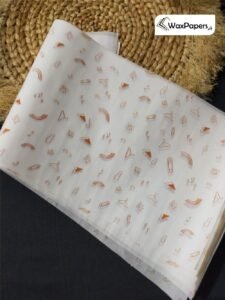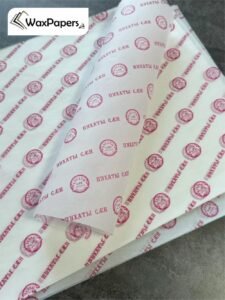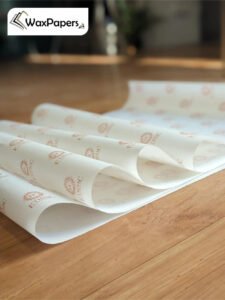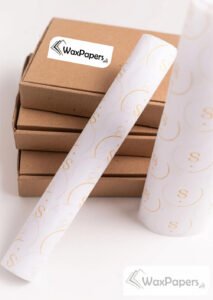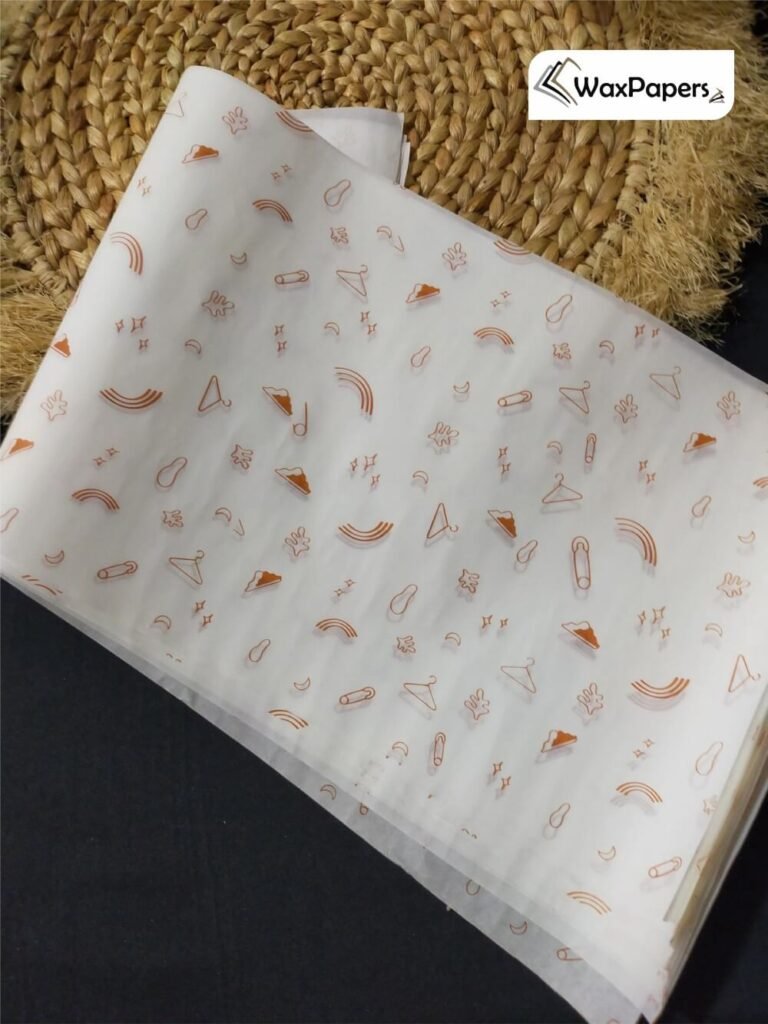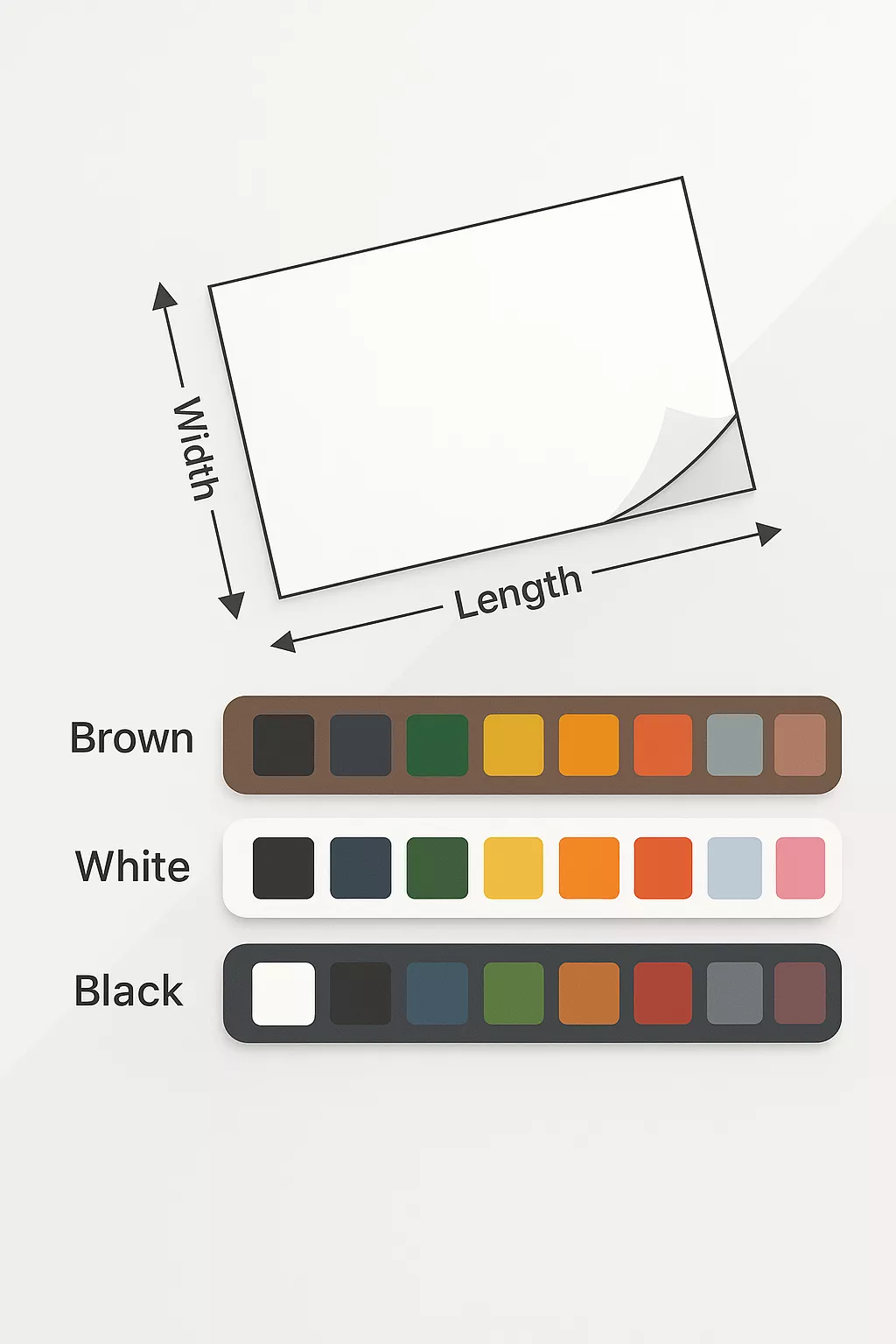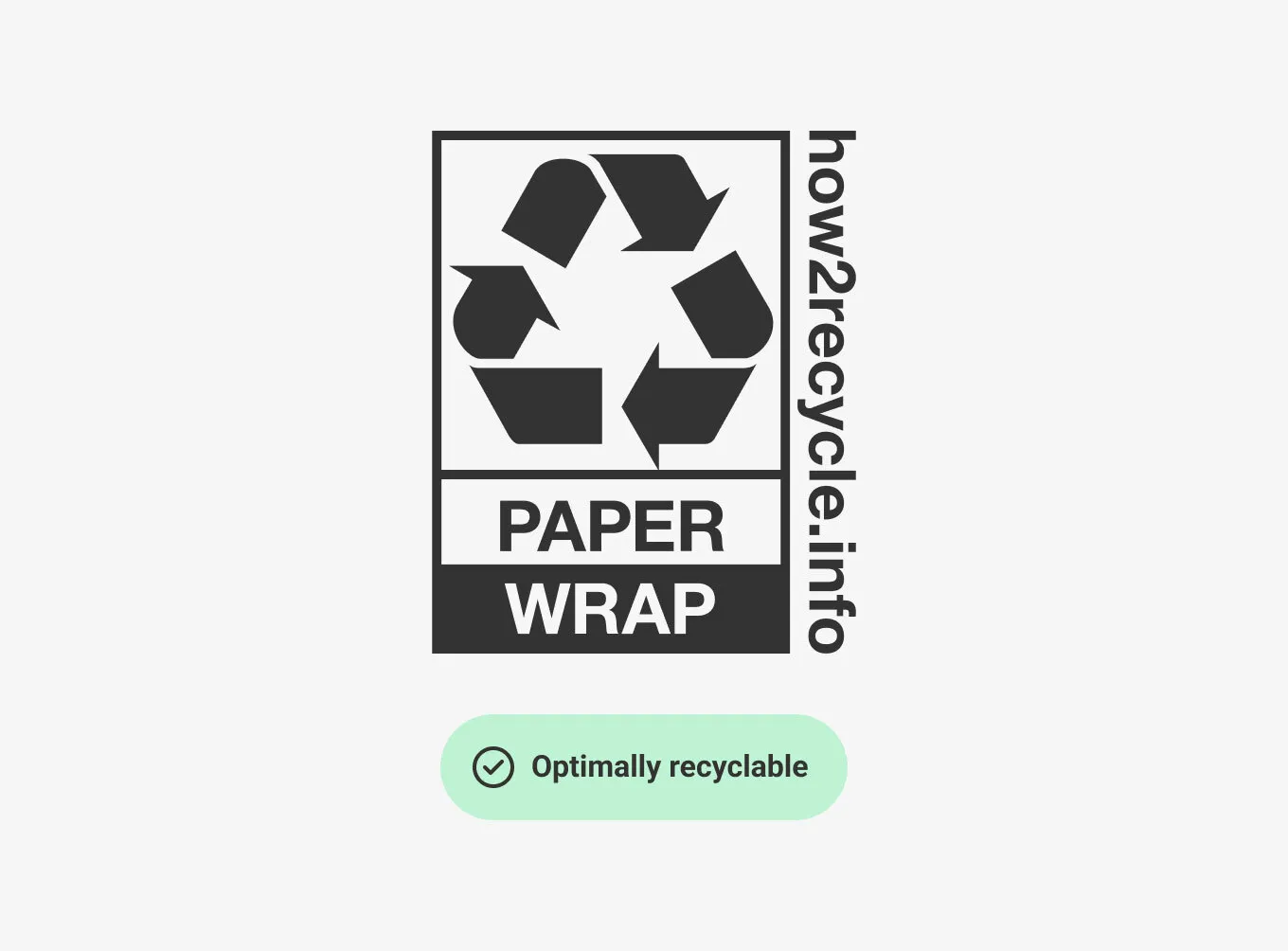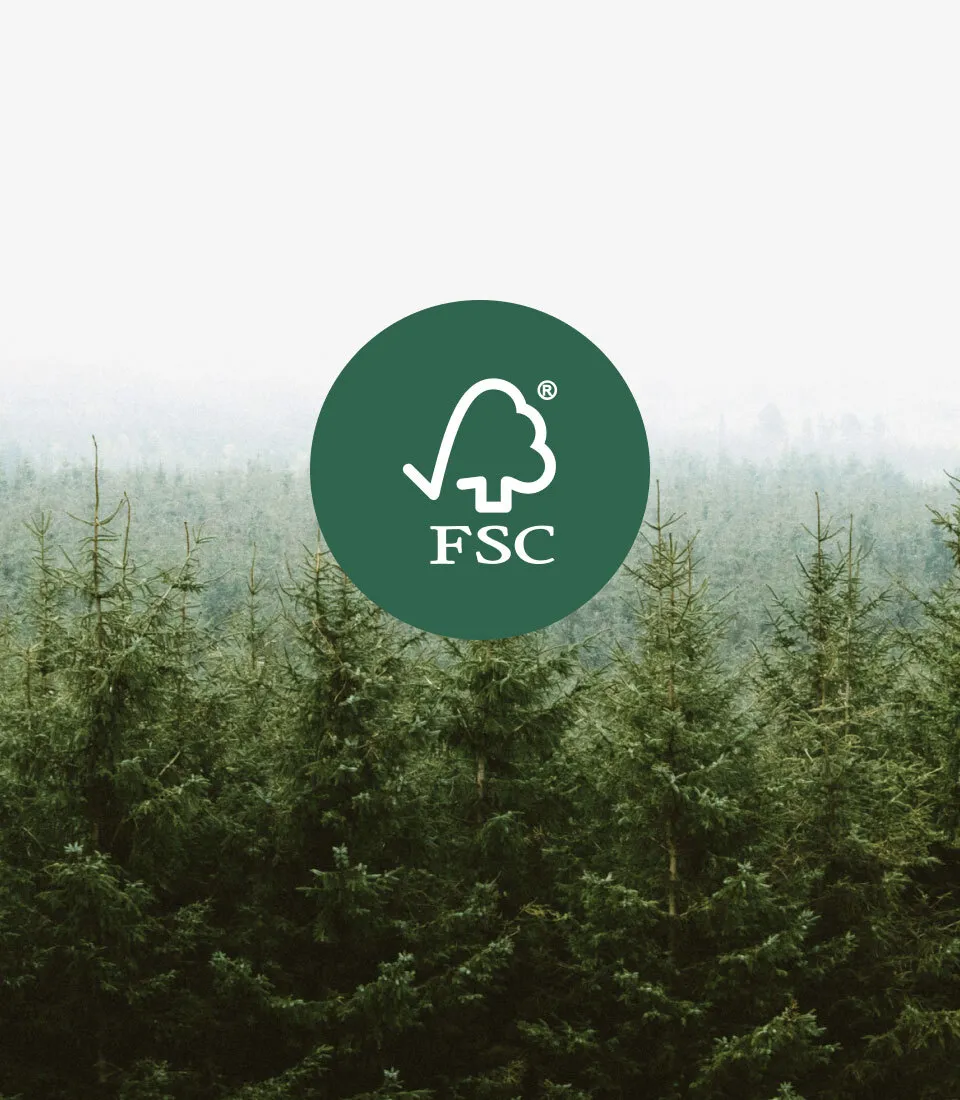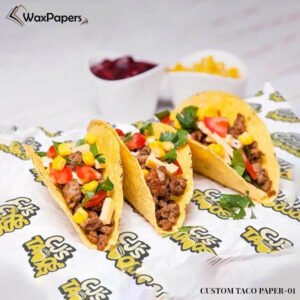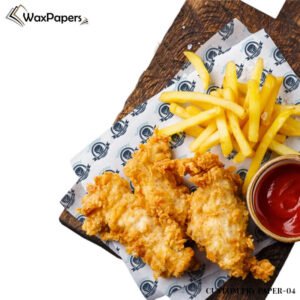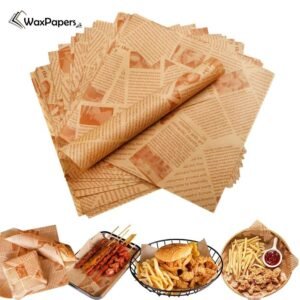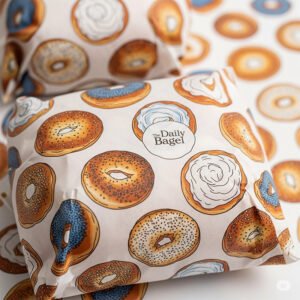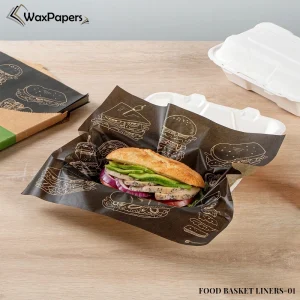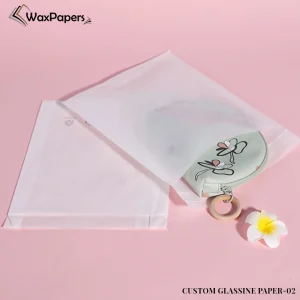Home
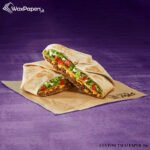 Custom Taco Wrapping Paper
Custom Taco Wrapping Paper
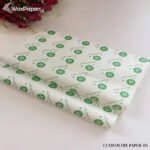 Custom Fry Paper
Custom Fry Paper
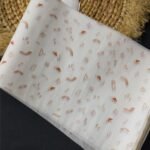 Custom Heal Seal Paper
Custom Heal Seal Paper
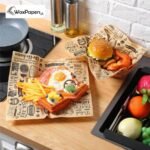 Custom Fish and Chip Paper
Custom Fish and Chip Paper
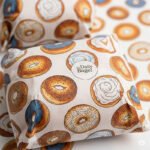 Custom Bagel Paper
Custom Bagel Paper
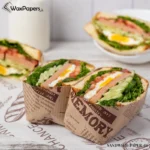 Custom Sandwich Paper
Custom Sandwich Paper
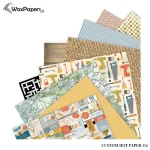 Custom Hot Paper
Custom Hot Paper
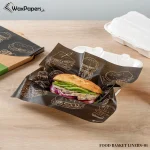 Custom Food Basket Liners
Custom Food Basket Liners
 Custom Glassine Paper
Custom Glassine Paper
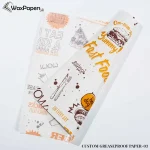 Custom Greaseproof Paper
Custom Greaseproof Paper
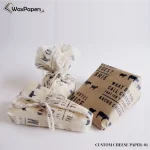 Custom Cheese Paper
Custom Cheese Paper
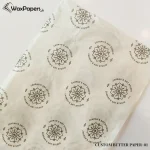 Custom Butter Paper
Custom Butter Paper
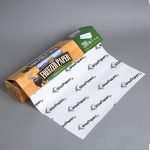 Custom Freezer Paper
Custom Freezer Paper
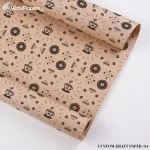 Custom Kraft Paper
Custom Kraft Paper
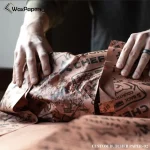 Custom Butcher Paper
Custom Butcher Paper
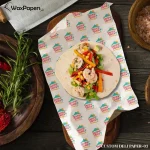 Custom Deli Paper
Custom Deli Paper
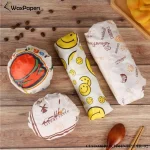 Custom Parchment Paper
Design Paper Now
Contact Us
Custom Parchment Paper
Design Paper Now
Contact Us
Custom Food Paper
 Custom Taco Wrapping Paper
Custom Taco Wrapping Paper
 Custom Fry Paper
Custom Fry Paper
 Custom Heal Seal Paper
Custom Heal Seal Paper
 Custom Fish and Chip Paper
Custom Fish and Chip Paper
 Custom Bagel Paper
Custom Bagel Paper
 Custom Sandwich Paper
Custom Sandwich Paper
 Custom Hot Paper
Custom Hot Paper
 Custom Food Basket Liners
Custom Food Basket Liners
 Custom Glassine Paper
Custom Glassine Paper
 Custom Greaseproof Paper
Custom Greaseproof Paper
 Custom Cheese Paper
Custom Cheese Paper
 Custom Butter Paper
Custom Butter Paper
 Custom Freezer Paper
Custom Freezer Paper
 Custom Kraft Paper
Custom Kraft Paper
 Custom Butcher Paper
Custom Butcher Paper
 Custom Deli Paper
Custom Deli Paper
 Custom Parchment Paper
Custom Parchment Paper

